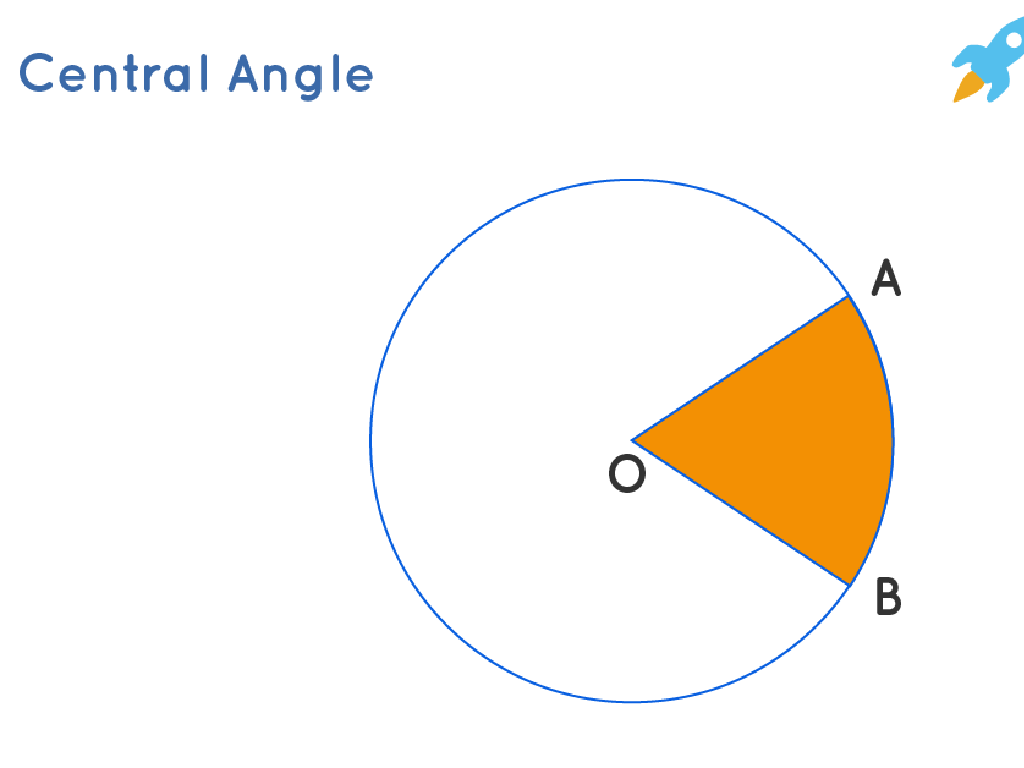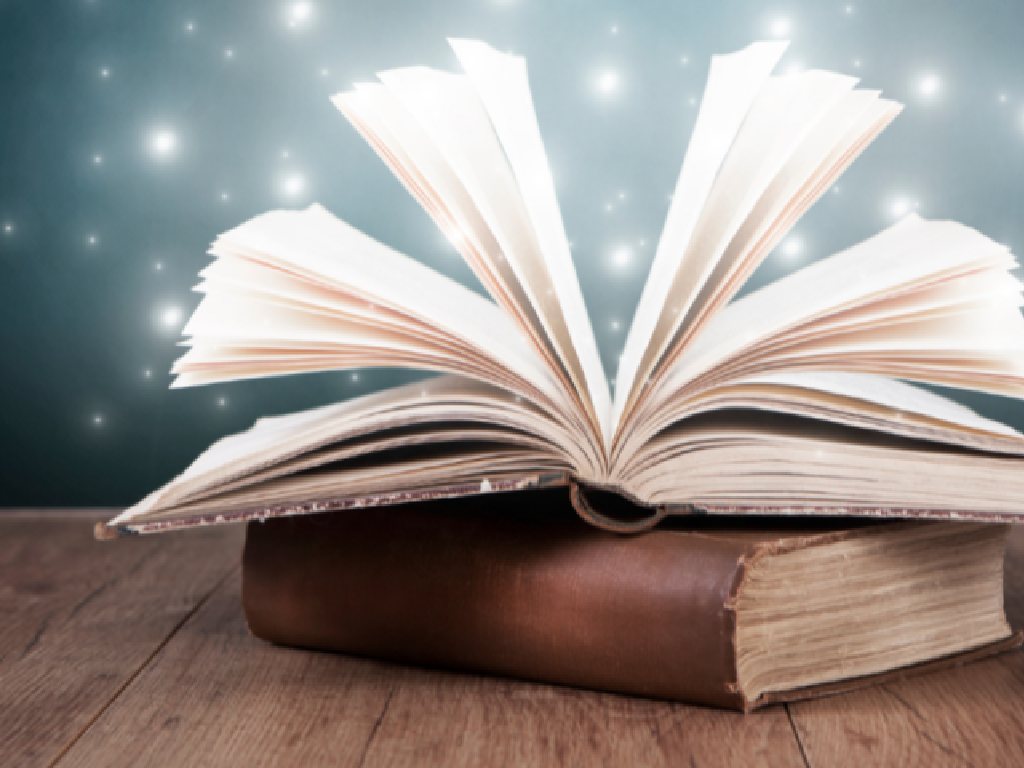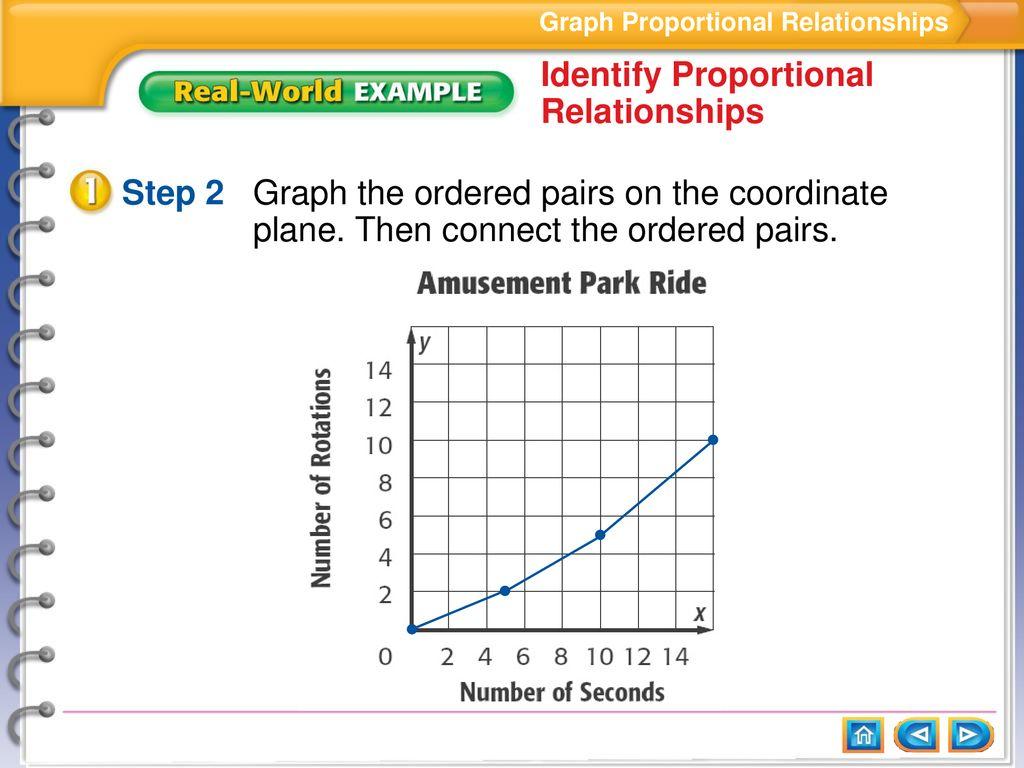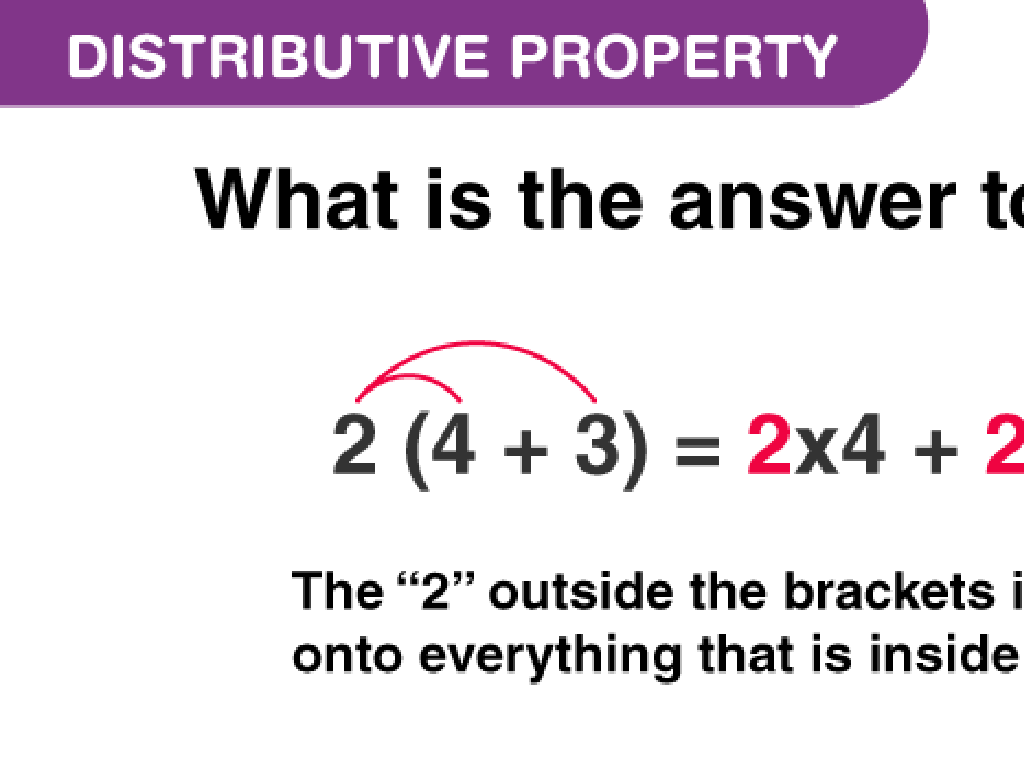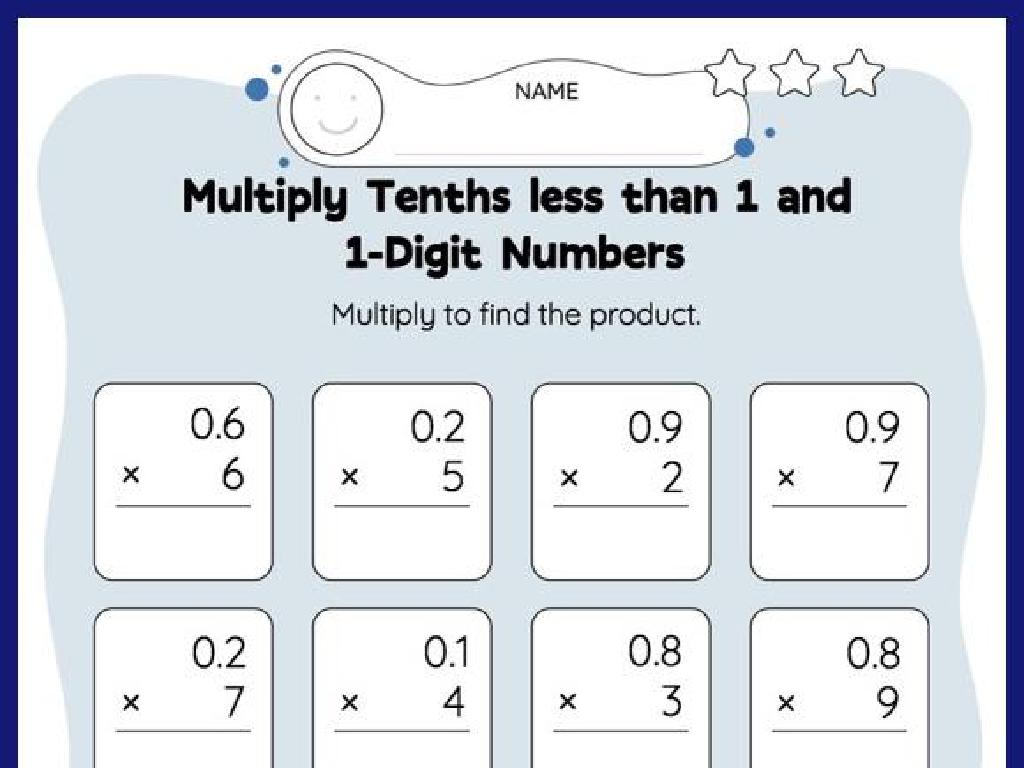Read Along With Realistic Fiction
Subject: Language arts
Grade: Second grade
Topic: Text Features
Please LOG IN to download the presentation. Access is available to registered users only.
View More Content
Welcome to Realistic Fiction!
– Exploring Realistic Fiction
– Discover what makes a story Realistic Fiction
– Stories that feel real
– They include events that could happen to anyone
– Imagined by authors
– Authors create characters and plots that seem real
– Learn to identify them
– We’ll practice recognizing Realistic Fiction
|
Today’s lesson introduces students to Realistic Fiction, a genre that mirrors real-life events with fictional elements. Emphasize that these stories are not true but are written to feel as if they could actually happen. Use examples of everyday situations that students can relate to, such as making a new friend or losing a pet, to illustrate how Realistic Fiction connects to their own experiences. By the end of the lesson, students should be able to pick out Realistic Fiction books from the library and explain what makes them realistic. Encourage students to think about the stories they’ve read and decide if they could be Realistic Fiction.
Exploring Realistic Fiction
– Realistic Fiction: What is it?
– Stories that are made-up but seem real
– Characters with real-life actions
– People in the book can do things we can do
– Real problems in stories
– They face challenges like we do in real life
– Examples of Realistic Fiction books
– ‘Freckle Juice’ by Judy Blume or ‘Charlotte’s Web’ by E.B. White
|
This slide introduces students to the genre of Realistic Fiction, which includes stories that, while not true, are believable and relatable. Emphasize that the characters in these stories behave like real people and encounter problems that students might face themselves, making it easier for them to connect with the stories. Provide examples of popular Realistic Fiction books appropriate for second graders, such as ‘Freckle Juice’ or ‘Charlotte’s Web’, and encourage students to think about what makes these stories realistic. Discuss the importance of relatable characters and real-world problems in engaging readers and helping them understand the world around them.
Characters in Realistic Fiction
– Characters seem like real people
– They have names and personalities
– Characters show real emotions
– Happy, sad, excited, or scared just like us
– Think of a relatable story character
– Share a character who felt real and why
|
This slide introduces the concept of characters in realistic fiction, emphasizing that they resemble real people with distinct names, personalities, and emotions. Encourage students to reflect on characters they’ve encountered in stories and how those characters’ experiences and feelings made them believable. Ask students to think of a character from a book they’ve read who felt real to them and to be ready to discuss why this character stood out. This will help them understand the depth of character development in realistic fiction and how it can mirror real-life experiences. Prepare to guide the discussion with examples from familiar books and show how these characters contribute to the story’s authenticity.
Exploring Settings in Realistic Fiction
– Understanding story settings
– The ‘where’ and ‘when’ a story happens
– Settings are real places
– Like your school or the local park
– Think of settings in stories
– Recall places from books you’ve read
– Share your favorite setting
|
This slide introduces the concept of setting in realistic fiction, emphasizing that these are places that could exist in real life and could be visited. Encourage students to think about the different settings they’ve come across in stories they’ve read, such as a character’s home, a playground, or a classroom. Ask them to consider why the setting is important and how it makes the story feel more real. In the next class, have a discussion where students can share their favorite story settings and explain what makes those places special in the story. This will help them understand the role of setting in storytelling and how it contributes to the realism of the narrative.
Exploring Plots in Realistic Fiction
– What is a plot?
– It’s the story’s events: beginning, middle, end.
– Realistic Fiction events
– Stories about everyday life, like school or family.
– Creating our own plot
– Understanding beginning, middle, end
– We’ll learn how each part builds the story.
|
This slide introduces the concept of plot within the genre of realistic fiction. Begin by explaining that a plot is the sequence of events that make up a story, which includes a beginning, middle, and end. Emphasize that realistic fiction deals with events that could actually happen, which helps students connect with the story. Engage the class by brainstorming ideas for a simple plot as a group activity, allowing them to contribute ideas for each part of the story. This will help them understand how a plot is constructed and how it progresses from start to finish. Encourage them to think of events from their own lives that could make a good story, reinforcing the connection to real-life experiences.
Read Along: ‘A Day at the Park’
– Understanding Realistic Fiction
– Stories that could happen in real life
– Focus on characters and setting
– Who is in the story? Where does it take place?
– Think about the story events
– What’s happening to the characters?
– Follow the read-aloud
|
This slide is designed to guide students through a read-along activity of a realistic fiction story titled ‘A Day at the Park’. Realistic fiction stories are tales that could potentially happen in real life. As you read the story aloud to the class, encourage the students to pay close attention to the details about the characters and the setting, which is where and when the story takes place. Ask them to think about the events that unfold in the story and how the characters interact with each other. This activity will help students improve their listening skills, comprehension, and ability to identify key elements of a story. After the read-along, discuss the story with the class to reinforce their understanding.
Discussion Time: Realistic Fiction
– Share your thoughts on the story
– Discuss if ‘A Day at the Park’ could be real
– Could you imagine the events at your own park?
– Describe the characters
– Who are they? What are they like?
– Talk about where the story happens
– Is it like a park you know?
|
This slide is meant to facilitate a class discussion on the realistic fiction story ‘A Day at the Park’. Start by asking students to share their general feelings about the story. Encourage them to think critically about whether the events could occur in real life, which is a key aspect of realistic fiction. Prompt them to describe the characters, focusing on their traits, motivations, and relationships. Lastly, have them describe the setting, and relate it to parks they have visited to make personal connections. This activity will help students understand the elements of realistic fiction and enhance their comprehension skills.
Create Your Own Realistic Fiction Story
– Become an author for a day
– Think of a real-life story
– Imagine a story that could really happen
– Write a short paragraph
– Start with ‘One day…’ or ‘Once there was…’
– Include characters and setting
– Who is in your story? Where does it take place?
|
This slide is designed to inspire students to engage in creative writing by crafting their own realistic fiction stories. Encourage them to draw from personal experiences or observations from the world around them to come up with a story idea that is plausible and could happen in real life. Remind them to include key elements of a story: characters, setting, and a plot with a beginning, middle, and end. Provide examples of realistic fiction to help them understand the genre. For instance, a story about a family picnic or a lost pet. During the next class, students can share their stories in small groups or with the entire class to practice their storytelling and presentation skills.
Class Activity: Story Sharing Time
– Share your written stories
– Identify Realistic Fiction elements
– Realistic Fiction means the story could happen in real life.
– Listen and think about story realism
– Pay attention to the setting, characters, and events.
– Add stories to class library
|
This activity is designed to engage students with the concept of Realistic Fiction by sharing their own written stories. Encourage each student to present their story to the class, focusing on clarity and confidence while speaking. As they listen to their classmates, students should consider the elements that make each story believable and relatable, such as realistic characters, settings, and events that could happen in real life. After the sharing session, have the class discuss what they noticed about each story’s realism. Conclude by adding their stories to the class Realistic Fiction library, which will serve as a resource for future reading and inspiration. Provide guidance on respectful listening and constructive feedback. Prepare a list of prompts to help students identify and discuss Realistic Fiction elements in their peers’ stories.

